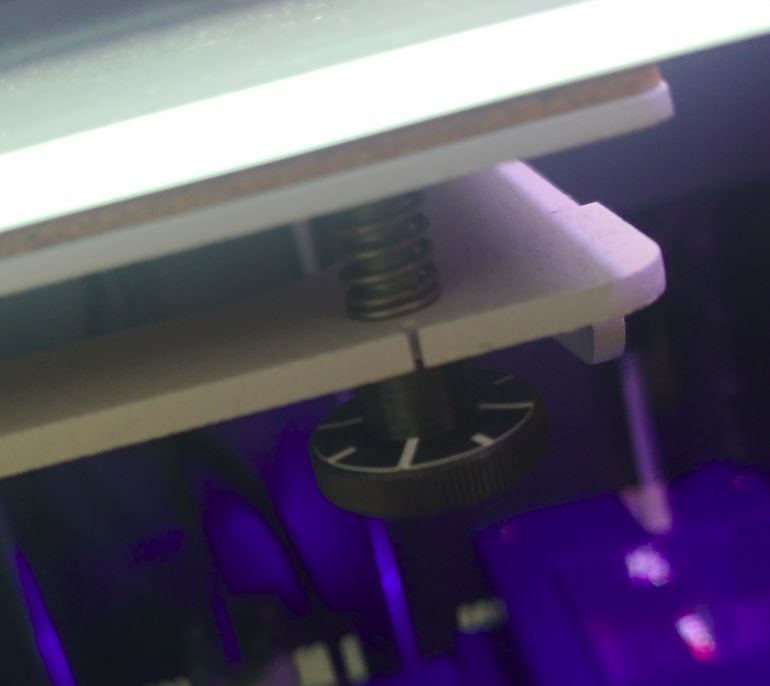3DPrinting
3DPrinting is a place where makers of all skill levels and walks of life can learn about and discuss 3D printing and development of 3D printed parts and devices.
The r/functionalprint community is now located at: [email protected] or [email protected]
There are CAD communities available at: [email protected] or [email protected]
Rules
-
No bigotry - including racism, sexism, ableism, homophobia, transphobia, or xenophobia. Code of Conduct.
-
Be respectful, especially when disagreeing. Everyone should feel welcome here.
-
No porn (NSFW prints are acceptable but must be marked NSFW)
-
No Ads / Spamming / Guerrilla Marketing
-
Do not create links to reddit
-
If you see an issue please flag it
-
No guns
-
No injury gore posts
If you need an easy way to host pictures, https://catbox.moe may be an option. Be ethical about what you post and donate if you are able or use this a lot. It is just an individual hosting content, not a company. The image embedding syntax for Lemmy is 
Moderation policy: Light, mostly invisible
view the rest of the comments

But this is what everyone else is talking about, because that's what matters in this case. The manufacturer knows exactly what type of thread they used, and the variances within that type are really small, so they can easily tell how many mm of vertical movement 1/8 of a turn is with high consistency.
No, we were all talking about how they use screws of different pitches, as standard pitches vary with diameter, when they could and arguably should use screws of matched pitches. Some moron read my comment on that last bit as a complaint about variations within a batch of screws of a specific pitch, and other morons ran with it.
If you believe I missed the point that screws of the same pitch, regardless of diameter, would move nuts axially(not just "vertically", but in the orientation of the screw itself) the same distance with the same turn incriments, then you have no idea what I was saying or can't be bothered to actually read it.
Imagine me, machining screws on a lathe, as I do, without understanding that its the consistency of the feed screw(or die if using that method) on my lathe that makes it possible. Or that I could switch my SAE feed screw with a metric one to make producing metric screws easier. Or that I could add a 127/100tooth change gear into the mix instead.
Right, I'm the ignorant one here. Machine Fabrication ... its literally in my username, but no, misunderstanding/misreading my comments and throwing garbled versions of them at me because others have done so is more important than understanding the topic at hand.